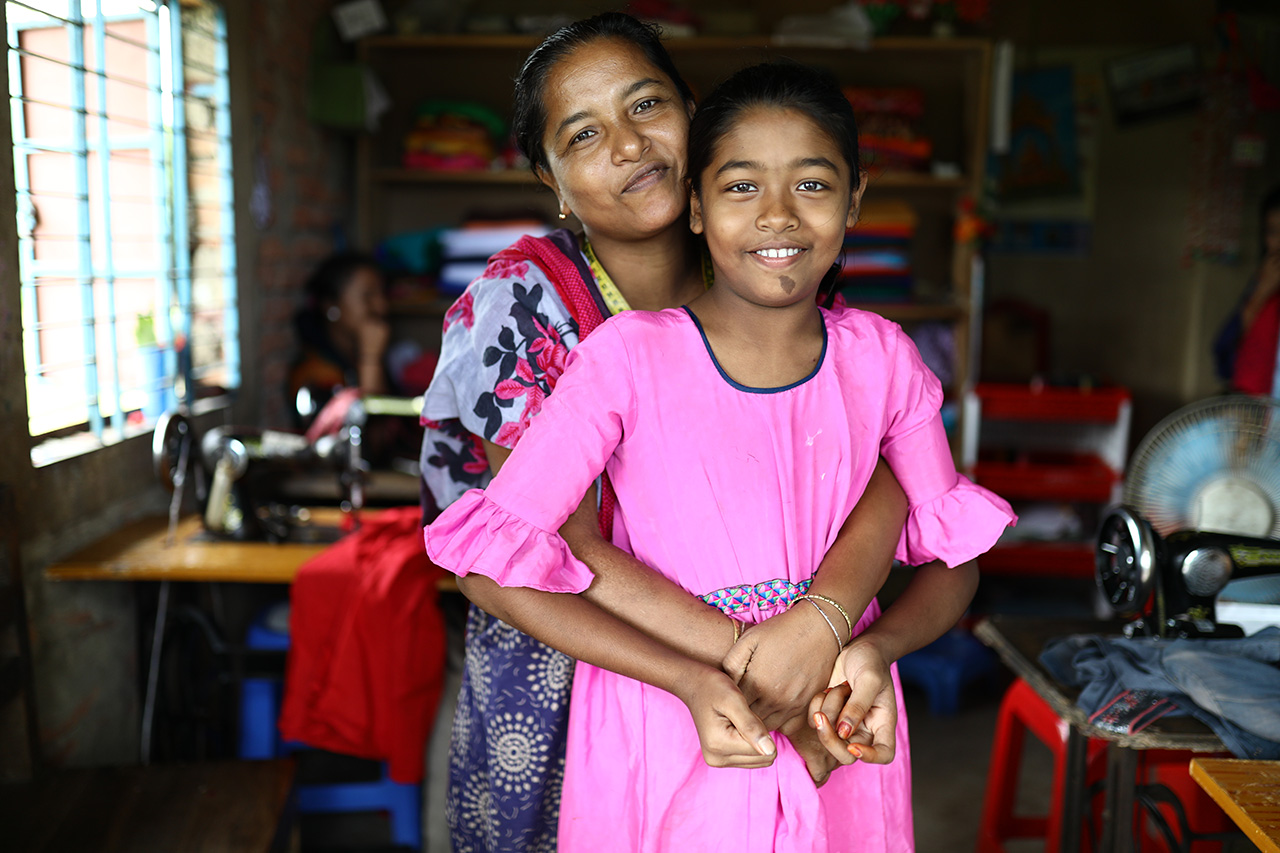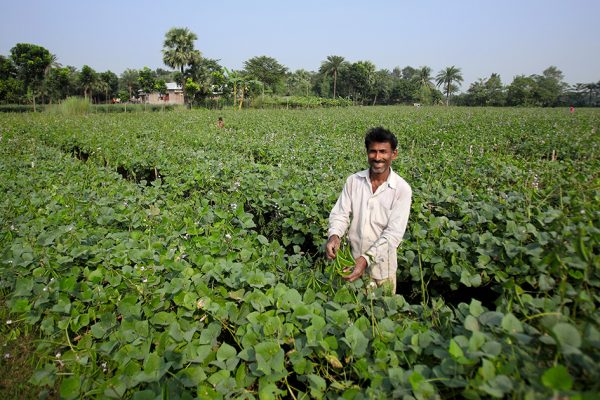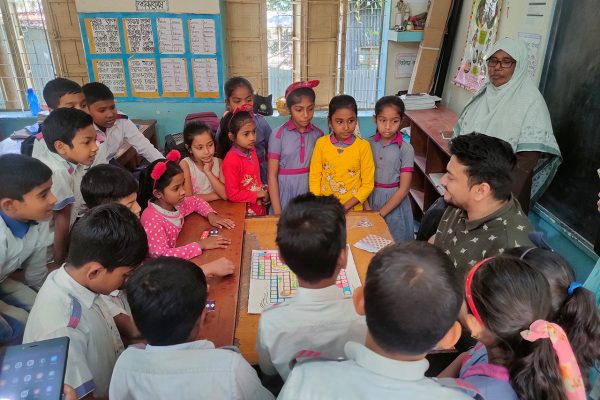Standing by those who have the least
Reading Time: 3 minutes
I always thought that home is the safest place. Until I visited Amena’s home.
She lived in a shack under a bamboo grove. The thatched roof had countless holes. The walls were made of loose sheets, torn sacks, and pieces of cloth. I feared that the house could fall apart any second.
She lived with her two children and husband, who suffered from a physical disability. I noticed they looked very pale – a sign of chronic malnutrition. The family relied on begging and often had only one meal a day. Sometimes they ate nothing. They had lived in isolation from society for so long that she could not muster the confidence to speak.
My thoughts about poverty had completely changed after meeting Amena.
In 2005, while travelling around Bangladesh, I learned about the multiple dimensions of poverty through BRAC’s Ultra-Poor Graduation (UPG) programme.
People living in extreme poverty, as defined by the World Bank, survive on less than USD 1.90 per day. But, is it only lack of money that defines extreme poverty? In fact, poverty is a multi-dimensional phenomenon. Its underlying causes are interlinked and manifold.
The ultra poor, like Amena, are the most vulnerable subset of the extreme poor population. The poorest among the poor – the ones who have the least of the basics.
Majority of the ultra poor do not know how to manage money. So, even if they receive financial aid, without any additional support like coaching or training, they would spend it on immediate necessities like food and medicine. Most do not have the education or skills to generate income. They have less physical capacity to work due to chronic malnutrition. Social exclusion makes them psychologically vulnerable and insecure. Their wellbeing would only sustain as long as they receive financial support.
In 2002, BRAC pioneered a model through the UPG programme, recognised globally today as the graduation approach. Graduation is a multifaceted response that addresses the challenge of ultra and extreme poor households. The model not only reaches the poorest, but ensures that they progress towards sustainable livelihoods.

Manju Barua, Cox’s Bazar, Bangladesh.
Amena’s condition changed since she joined the programme in 2005. She now lives in a proper home and owns a shop, managed by her husband. She has cows, and cultivates rice and a variety of vegetables. Their family consumes their own produce while selling the surplus. Her children are happily learning in school.
I believe that the strongest element of the graduation model is not the asset we provide, but the way it instills confidence in our participants to take control of their own lives.
Amena is one of 2 million households the UPG programme has reached. Our research shows that 95% of the UPG programme participants maintain their upward trajectory even after four years of completing the programme cycle. Like Amena, they are now confident, resilient, and self-dependent. Bangladesh has seen rapid economic growth in recent years. Like BRAC, the government and various NGOs have been working on their own capacity to alleviate extreme poverty. Consequently, extreme poverty rates have declined from 34% in 2000 to 13% in 2016. It is a very positive sign.
However, the nature of extreme poverty is also changing. Global warming has caused a rise in climate induced poverty. By 2030, half of the poor in the country will live in urban areas. Income inequality is rising. These challenges are different and require unique solutions.
The graduation model has proved to be adaptable in changing contexts. The UPG programme has always emphasised on research and learning, and modified its approach several times in Bangladesh. Research by nobel laureates Abhijit Banerjee and Esther Duflo in six countries outside of Bangladesh has also shown remarkable results of its adaptability.
I visited Liberia and Uganda where BRAC is implementing the programme, and Egypt and Kenya, where we are providing technical assistance to different organisations and governments through the Ultra-Poor Graduation Initiative. I saw how customising the programme could lift people from the poverty trap even though the context is different. Linking participants with different existing platforms of government, private organisations, and labour markets also help sustain graduation.
My most significant realisation in the last 15 years of working with those living in the direst of conditions, is that the nature of poverty may vary, but hopes and aspirations of people remain the same. Like all of us, those living in poverty want the best for their children – a healthy and secure childhood and future.
BRAC is making an effort to meet SDG 1 – eradicating extreme poverty within 2030. Government support is crucial to take the programme to scale. Let us commit to work in solidarity for those who are left behind. We are the generation that can end extreme poverty in our lifetime.
Rozina Haque is the programme head of BRAC’s Ultra-Poor Graduation Programme.





